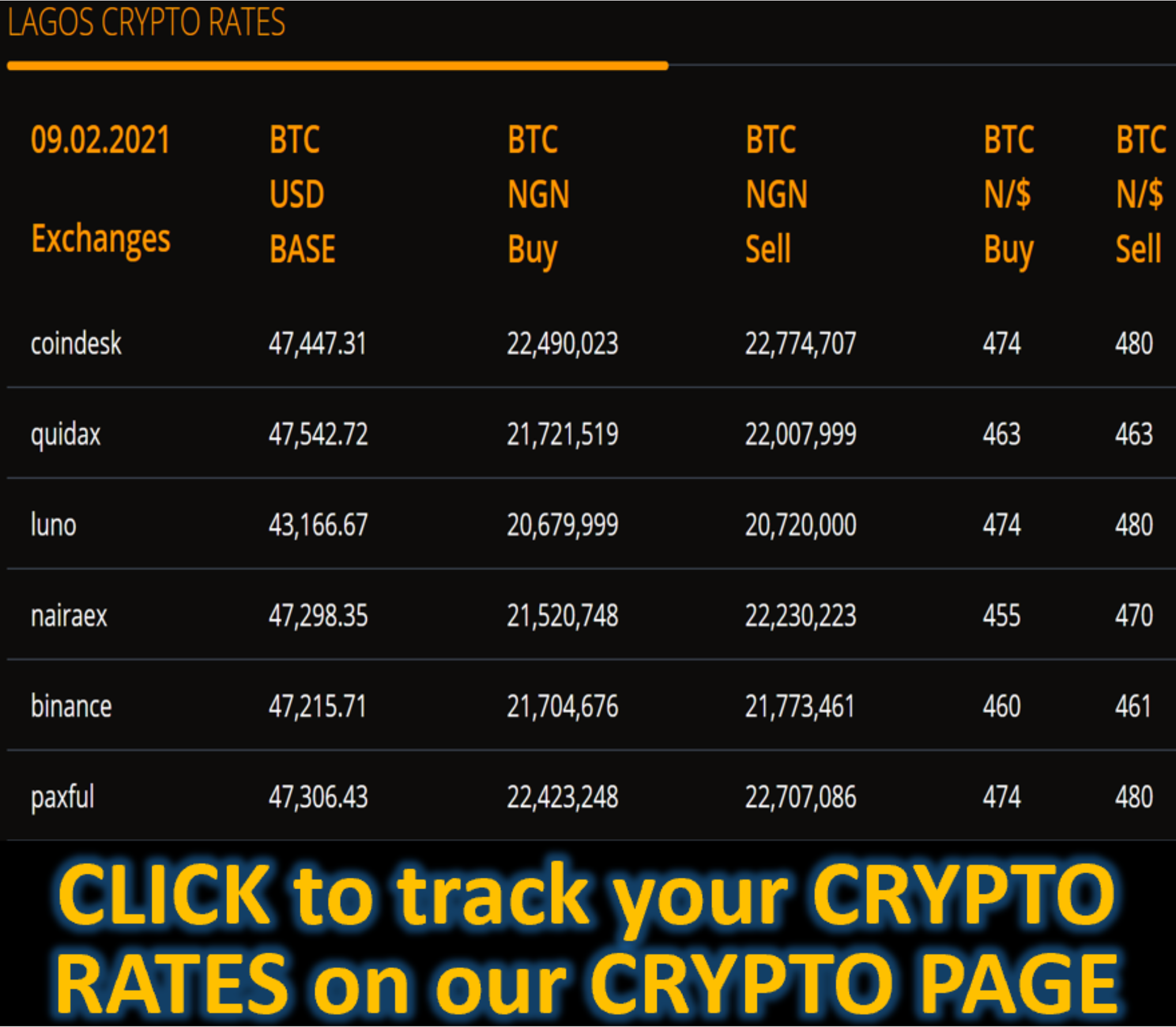Market News
Traders See Just One 2025 Fed Rate Cut After Hot Inflation Data - BLOOMBERG
BY Liz Capo McCormick
(Bloomberg) -- Bond traders pushed out bets for the next Federal Reserve interest-rate cut to December as US inflation exceeded expectations.
Swap contracts linked to future Fed decisions, which previously anticipated a rate cut by September, repriced after January consumer prices rose more than economists estimated. The new levels imply just one quarter-point cut this year. Treasury debt prices slumped, sending yields higher by at least eight basis points across maturities.
The benchmark 10-year rate rose as much as 12 basis points to 4.66%. Two-year Treasury yields, more sensitive than longer-maturity debt to Fed rate adjustments, rose as much as 10 basis points to 4.38% before retreating to around 4.36%.
“How can anyone justify any rate cuts with such inflationary pressure?,” said Roger Landucci, a partner at Alphamatrix Finance in Geneva. Fed policymakers paused at their January meeting after cutting rates three times at the end of last year. Chair Jerome Powell, testifying before Congress Wednesday, said the data show the Fed is “not quite there yet” on inflation despite having made progress toward its 2% goal.
The Fed has made “a pretty big pivot from focusing on the labor market, which was a concern at the tail end of last year, to now focusing on inflation,” said Anastasia Amoroso, iCapital chief investment strategist, on Bloomberg Television just before the report.
The consumer price index rose 0.5% last month, the most since August 2023, led by a range of household expenses like groceries and gas. The core CPI, which excludes food and energy prices, rose 0.4%, also more than forecast.
“Today’s CPI print is clearly on the toasty side of warm,” said Guy LeBas, chief fixed income strategist for Janney Montgomery Scott. For the Fed, “the data simply aren’t cooperating for the moment.”
LeBas said some of the inflation pressure was likely temporary, and Bloomberg Economics said upside surprises by January CPI data can arise from the seasonal adjustment process. Still, traders showed they were in no mood to give it the benefit of the doubt.
What Bloomberg strategists say....
“Higher-than-expected CPI data across the board has caused yields to jump and stocks drop. inflows into the TIP ETF of inflation-linked bonds have been rising, as they also did in 2020 and 2021. On top of that shorts have been covered. Expected rate cuts this year are diminishing, with one now barely priced. Still, the likelihood of a hike this year is still small at ~15%, and has not yet materially risen since the data.”
—Simon White, Macro Strategist, London
-For the full report, click here
Another inflation report on wholesale prices Thursday may further refine expectations for the Fed, as it contains data that feed into the calculation of policymakers’ preferred gauge of consumer inflation, to be released near the end of the month.
“This is almost starting to look like a re-run of the first half of 2024, when inflation surprised everyone, including the Fed, on the upside,” said Brian Coulton, chief economist at Fitch Ratings. “And it illustrates how the Fed has not completed the job of getting inflation back down just as new inflation risks — from tariff hikes and a squeeze on labor supply growth — start to emerge.”
At Bank of America, economist Aditya Bhave and others said the report increased their conviction that the Fed’s cutting cycle is over. “Hikes seem less inconceivable now,” they wrote in a note after the data.
The data comes at a crucial time for both Fed officials and the US government debt market. On Tuesday, Fed Chair Powell told a US Senate committee the Fed doesn’t need to rush rate cuts given the resilience of the economy. His two-day semiannual congressional testimony is ongoing in the House of Representatives.
President Donald Trump, however, said earlier on Wednesday in a post on Truth Social that interest rates should be lowered.
Investors are also staring down a deluge of new debt. The Treasury sold $42 billion of 10-year notes on Wednesday with the highest new-issue coupon rate since 2007, and it will auction another $25 billion sale of 30-year bonds on Thursday. An auction of $58 billion of three-year notes on Tuesday received solid demand.
The selloff increased the expected coupon rate for the 10-year notes, a function of the clearing yield for the auction at 1 p.m. New York time. Before the CPI data, the indicated yield in trading ahead of the bidding deadline was about 4.52%, at which level the coupon rate would be 4.5%. At Wednesday’s high of 4.65%, the auction would obtain a 4.625% coupon, the highest since 2007.
James Athey, a portfolio manager at Marlborough Investment Management, said the hot January inflation reading favor holding government debt of Australia and New Zealand, among others, and avoiding Treasuries.
“Uncertainty is too high to take a significant position in Treasuries,” Athey said in an interview, referring to the US economy and fiscal and monetary policy. At the same time, “unless something much more inflationary emerges” that prompts the Fed to consider raising rates, the rise in yields may be limited, he said.
--With assistance from Kristine Aquino.
(Adds investor comments, updates yields.)









